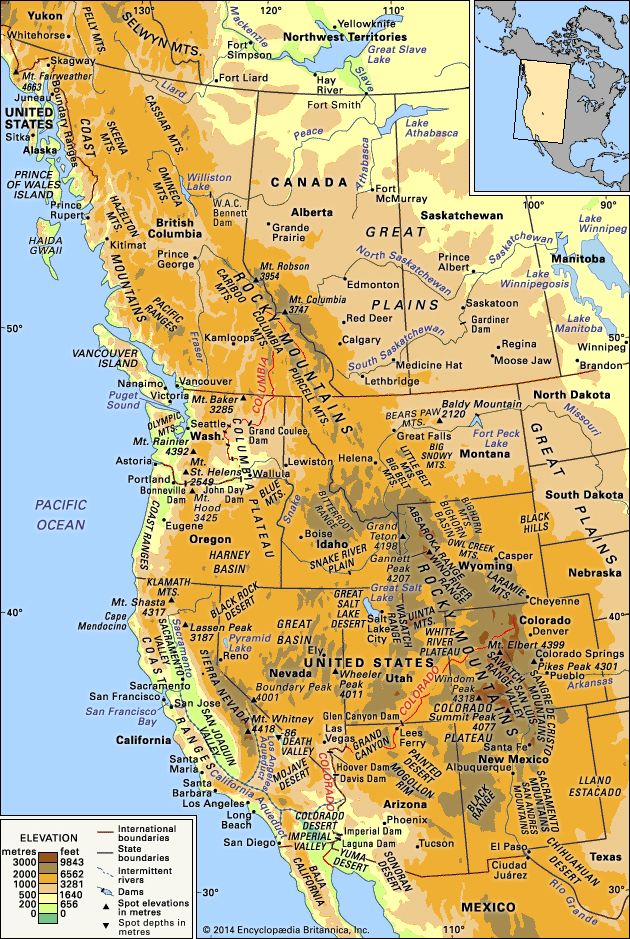
The Rocky Mountains were one of the last regions in North America to be explored by Europeans, because of the inaccessibility and ruggedness of the terrain. Roman Catholic missionaries worked their way northward from Mexico into New Mexico in the 17th and 18th centuries. In 1776–77 Silvestre Vélez de Escalante and his party explored and documented their travels into what is now Utah, reaching almost to the Great Salt Lake. The Scottish explorer Alexander Mackenzie, searching for a river course to the Pacific Ocean from the Canadian prairie, crossed the Rockies (1792–93) at a latitude higher than any other expedition until the early 19th century. The Lewis and Clark Expedition in 1804–06 explored and charted a route up the Missouri River into Montana and thence across Idaho and Oregon to the Pacific. The English explorer and fur trader David Thompson explored the headwaters of the Saskatchewan and Columbia rivers in the Canadian Rockies in 1807–11, setting up the first trading posts in that region and producing the first survey of the entire length of the Columbia River.
Possibly the most remarkable of all western explorations were those of Jedediah Smith in 1822–31. Following the Missouri River into east-central Montana, Smith first worked his way southward into the Bighorn Basin and thence into southeastern Idaho, northern and southwestern Utah, and southern Nevada, around the Sierra Nevada, and back to the Great Salt Lake across the Great Basin. Also important were the expeditions of John C. Frémont in the 1840s. Frémont followed the North Platte River into Wyoming, went up the Sweetwater River to the south end of the Wind River Range (South Pass), and thence traveled southwestward into Utah. This was an important scientific survey because he charted distances, determined latitudes, longitudes, and elevations, and recorded objectively in some detail what he saw.
Four great western surveys were organized by the U.S. government following the American Civil War: the survey of the 40th parallel led by Clarence King (1867–78), the geologic survey of Nebraska and Wyoming led by Ferdinand Hayden (1867–78), the 100th-meridian survey led by George Wheeler (1872–79), and the expeditions to the Green and Colorado rivers in Wyoming, Utah, Arizona, and southern Nevada led by John Wesley Powell (1871–79). The maps and preliminary observations of these important surveys laid the groundwork for the great mass of scientific research that followed. The Rocky Mountains, with their abundant deposits of fossil fuels, uranium, and other minerals, continue to attract the attention of geologists.
